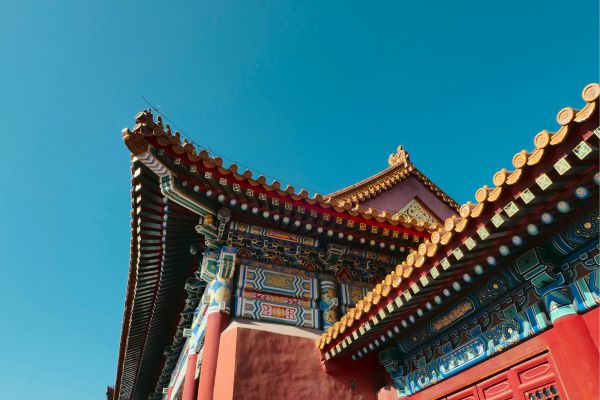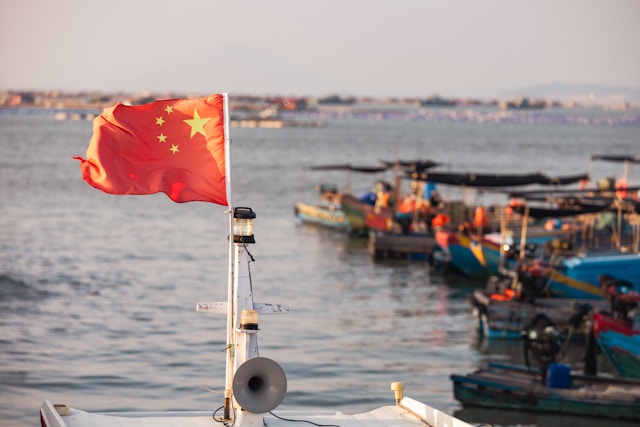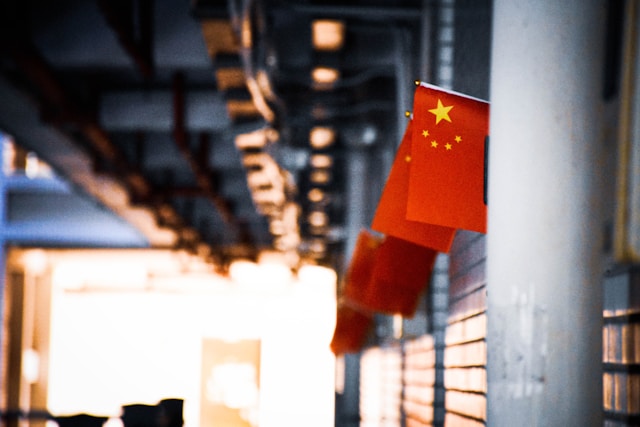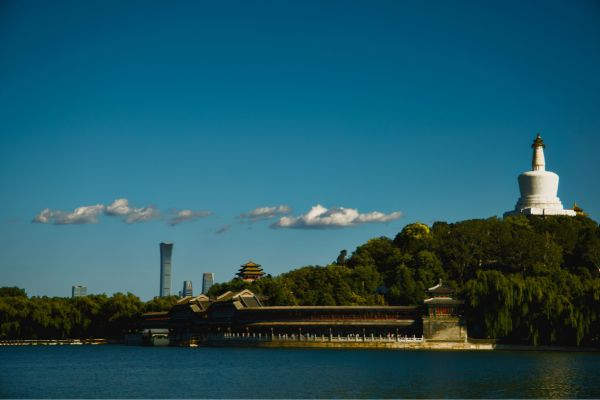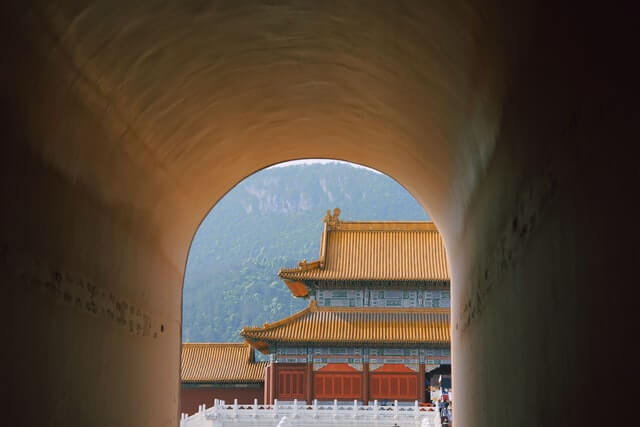
Key Highlights:
- In August 2020, the Standing Committee of the National People’s Congress authorized China’s Supreme People’s Court to carry out the reform of the trial system.
- The “home and away” phenomenon in football matches exists in China’s litigation, largely due to the second-instance trials system, where most final-instance trials are made by the local courts at the intermediate levels.
- To weaken local influence over the courts, the ongoing reform will grant the superior court (e.g. a high people’s court) greater discretion to decide to hear the first-instance cases from its lower courts(e.g. an intermediate people’s court).
On 20 Aug. 2021, the Standing Committee of the National People’s Congress (NPCSC), China’s highest organ of state power and top legislature, made a decision authorizing China’s Supreme People’s Court (SPC) to carry out the reform of the trial system.
The reform will result in a major overhaul of China’s trial system.
As we know, Chinese courts are divided into four levels, from local courts to the SPC. Courts at each level are responsible for handling cases of first instance under specific jurisdiction and second-instance cases of the courts at the lower level.
The reform will give higher courts greater discretion to decide to hear the first-instance cases from its lower courts.
The reform aims to reduce the influence of local authorities over the judiciary.
I. Before the reform
As our contributor, Mr. Zhang Chenyang (张辰扬) introduces in his post “Magnificent Four-level Pyramid-China's Court System” that Chinese courts are divided into four levels and presidents of Chinese courts at different levels are elected by the people's congress at the corresponding level as below:
(1) The SPC (whose judges are elected or designated by the National People's Congress)
(2) High people’s courts (whose judges are elected or designated by provincial people's congress)
(3) Intermediate people’s courts (whose judges are elected or designated by municipal people's congress)
(4) Primary people’s courts (whose judges are elected or designated by people's congress at county-level and district-level )
China’s local courts are totally subject to China’s administrative divisions.
As mentioned in my earlier post “What is China's Judicial System Like?”, for the local regime of each region, there will be a people’s congress, government, court, procuratorate, supervision committee. Such authorities form like a “horizontal block”. Horizontal blocks are relatively independent of each other, making it difficult for the central government to intervene.
As a result, local courts are likely to protect local parties’ interests in litigation.
Furthermore, most cases are adjudicated at the first instance by the courts at primary levels and the second-instance cases are adjudicated by courts at the intermediate levels. In China, the second instance trial is the final trial, which means that courts at the intermediate levels will render final judgments in most cases.
Therefore, once a local court renders a final judgment in favor of the local party’s interest, it is very difficult for the SPC and the high people's court to make corrections.
To solve this problem, many litigants have begun to resort to the adjudication supervision procedure, which refers to the proceeding of challenging and rectifying a judgment that has already taken effect. As a result, a large number of cases subject to adjudication supervision procedure, also known as ‘reopening cases’ (再审案件), are accepted by the high people's court and the SPC.
It leads to two following issues:
The first issue is that reopening cases have exhausted the time and resources of high people’s courts and the SPC, distracting them from their core function -- unifying the application of law across the country.
As to the second issue, the large number of effective judgments being overturned will weaken people’s confidence in binding judgments.
The SPC’s reform authorized by the NPCSC on 20 Aug. 2021 is largely aimed at solving these issues.
II. Upcoming changes
Justice Zhou Qiang (周强), President of the SPC, explained the reform scheme in a report when the SPC asked the NPCSC for authorization.
Justice Zhou Qiang said that the litigation in China’s local courts is similar to the phenomenon of “home and away” in football matches.
Specifically, upon the same facts, you may get a judgment in favor of you in the local court, but get a completely different judgment in the local court of another place. The fact that local courts tend to protect local party’s interests makes Chinese laws not being uniformly applied across the country.
As Justice Zhou Qiang points out, it is largely because that most lawsuits will not be handled by high people’s courts, and the final-instance trials are made by the local courts at the intermediate levels.
As a result, the reform will "explore the attempt to transfer to courts at higher-level cases that have guiding significance in the application of law and are concerned with the public interest". (See Justice Zhou Qiang’s report)
To be specific, the vast majority of cases will be still handled by the primary courts at the first instance and the intermediate courts at the second instance (the final instance). However, for a small number of special cases, on the one hand, the superior court of the court of first instance will be responsible for the first-instance trial of the case; on the other hand, the superior court may decide in its sole discretion to hear the first-instance cases from its lower courts.
As for the SPC, it will no longer be caught in a large number of complicated cases subject to adjudication supervision procedure, but reopen and adjudicate from lower courts the “cases have guiding significance in the application of law, cases involving major national interests and social public interests and major cases breaking the phenomenon of home-and-away litigation". (See Justice Zhou Qiang’s report)
The SPC will then focus on its core function of “supervising and guiding the trial activities of courts at all levels nationwide, researching and formulating judicial interpretations, judicial documents and judicial policies, and ensuring the correct and uniform application of national laws.” (See Justice Zhou Qiang’s report)
III. Our comments
In my previous post “The Logic of China's Judicial Reform: An Insight into the Current Chinese Courts and Their Changes”, the main purpose of China’s judicial reform since 2014 is to weaken the local influence on the courts.
The current court trial system reform is intended to solve this problem systematically.
It is noteworthy that weakening local influence over the courts ensures uniform application of the law throughout the country. But on the other side of the coin, it may also undermine local autonomy, which may render China’s court system less flexible.
It remains to be observed how Chinese courts will balance the two sides.
Photo by Wells Chow on Unsplash
Contributors: Guodong Du 杜国栋 , Meng Yu 余萌


